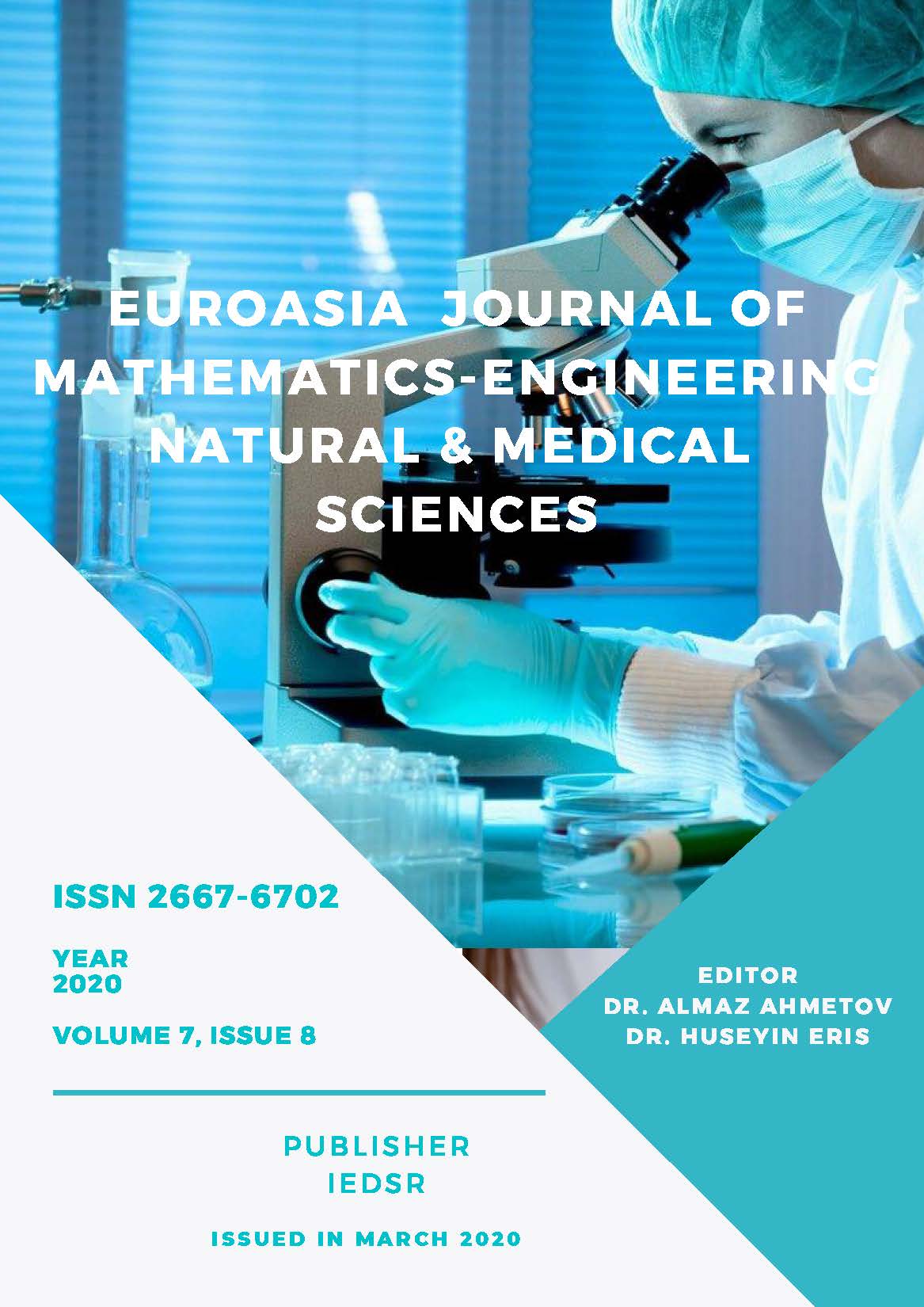EFFECT OF TMAB CONCENTRATION ON HARDNESS IN ELECTRODEPOSITED Ni- B ALLOY
DOI:
https://doi.org/10.38065/euroasiaorg.17Keywords:
Electrodeposition, Ni-B alloy, Hardness, Crystalline structure, Heat treatmentAbstract
Coating of material surfaces is very common in the industry. Nickel-based alloys have generally been developed and applied as an alternative to chrome plating. Of these, Ni-B alloys have mechanical properties similar to chrome plating. Ni-B coatings are applied to various metal surfaces as protective because of their high hardness and abrasion resistance. Ni-B alloy coating applied in automotive, aerospace and defense industries. Electrodeposition is the preferred coating method because it is simple, high production rate and cost effective. Ni-B alloy coatings were produced by electrodeposition method in conventional nickel plating bath (Watts bath) using TMAB boron source. Steel plate was used as cathode and pure nickel plate was used as anode in the coating bath. For Ni-B alloys, NiSO4.6H2O (240 g/L), NiCl2.6H2O (45 g/L), H3BO3 (30 g/L) and TMAB (1, 3 ve 5 g/L) chemicals were used in the coating bath. Bath temperature (50oC), pH (3.5) and stirring speed (450 rpm) parameters were predetermined to achieve optimization in the coating bath. The hardness properties of electrodeposited Ni-B alloy coatings significantly affected the amount of boron added to the coating bath. Significant changes in grain size were observed by increasing the amount of boron in the coating. Accordingly, the change in boron concentration had an effect on the hardness of Ni-B alloys. The effect of the change in the crystal structure of Ni-B coatings before and after heat treatment on hardness was discussed. Amorphous Ni-B alloys before heat treatment, after 1 hour of heat treatment at 400 oC, the crystallinity of all coatings increased and grain sizes decreased. Depending on the coating conditions, the preferred orientation of the Ni-B alloys intensifying in the plane direction (111) with increasing TMAB content in the coating bath. Thus, the hardness of the Ni-B coatings was increased by increasing the concentration of TMAB, resulting in the inhibition of crystal grain growth by Ni3B precipitates. The highest hardness was obtained as 750 HV with increasing internal strain due to the B content in the coating. The surface morphology of the coatings was examined by scanning electron microscopy (SEM). XRD analyzes were performed to determine crystal preferred orientations and to calculate the grain size of the crystal. The Vickers hardness of all coatings was measured and compared using Anton Paa NHT3 apparatus. In this study, we prepared the coating conditions of Ni-B alloys and discussed the effect of boron change on hardness.
Downloads
Published
How to Cite
Issue
Section
License

This work is licensed under a Creative Commons Attribution-NonCommercial 4.0 International License.

